Sound and light energy -> nuclear fusion
Nuclear Fusion
Nuclear fusion is a process in which two light atomic nuclei combine to form a heavier nucleus, releasing a large amount of energy in the process. This process is the fundamental energy source of the sun and other stars. It is also being studied as a potential source of energy here on Earth.
How Nuclear Fusion Works
In nuclear fusion, the nuclei of two light atoms, typically isotopes of hydrogen (deuterium and tritium), are forced together at extremely high temperatures and pressures. When the nuclei come into close proximity, the strong nuclear force causes them to overcome their electrostatic repulsion and fuse into a single, heavier nucleus.
Conditions for Nuclear Fusion
The extreme conditions required for nuclear fusion to occur include temperatures of millions of degrees Celsius and pressures millions of times greater than atmospheric pressure. These conditions are necessary to overcome the repulsive forces between the positively charged nuclei and bring them close enough for the strong nuclear force to take over.
Applications of Nuclear Fusion
Nuclear fusion has the potential to provide a nearly limitless source of clean and sustainable energy. The fuel sources for nuclear fusion, such as deuterium and lithium, are widely available and produce minimal radioactive waste compared to nuclear fission reactions. However, achieving controlled nuclear fusion on Earth remains a significant technological challenge.
Study Guide
- What is nuclear fusion?
- How does nuclear fusion work?
- What are the conditions required for nuclear fusion to occur?
- What are the potential applications of nuclear fusion?
Remember to review the concepts of nuclear fission and compare them with nuclear fusion. Additionally, explore the current research and development efforts in the field of nuclear fusion for energy production.
[Nuclear Fusion] Related Worksheets and Study Guides:
.◂Science Worksheets and Study Guides Fifth Grade. Sound and light energy
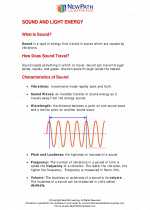
 Activity Lesson
Activity Lesson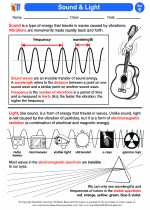
 Worksheet/Answer key
Worksheet/Answer key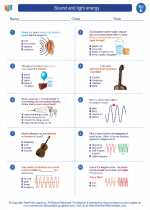
 Worksheet/Answer key
Worksheet/Answer key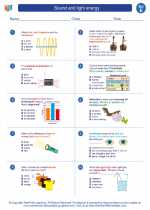
 Worksheet/Answer key
Worksheet/Answer key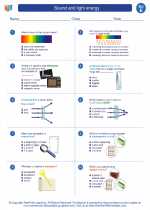
 Worksheet/Answer key
Worksheet/Answer key
 Vocabulary/Answer key
Vocabulary/Answer key
 Vocabulary/Answer key
Vocabulary/Answer key
